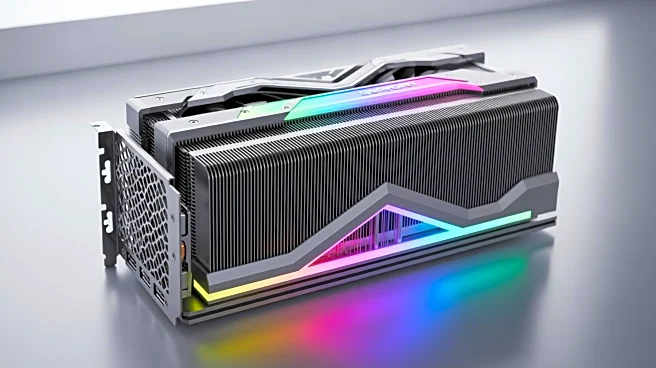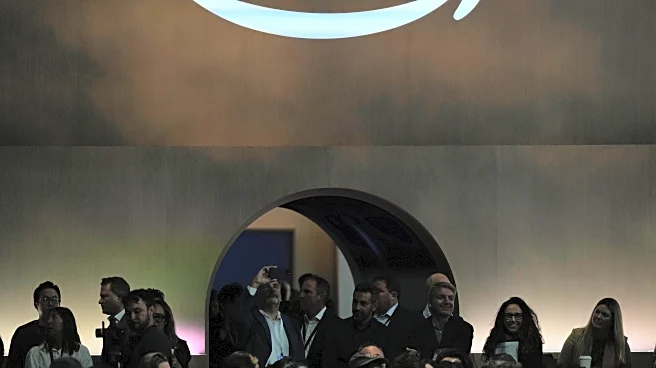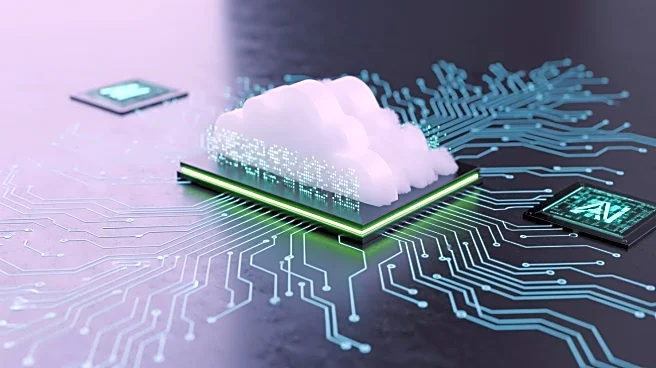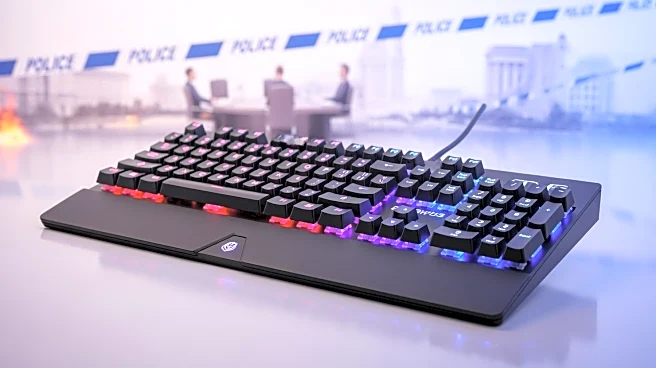What's Happening?
AMD recently released version 25.10.2 of its Adrenalin driver package for Radeon GPUs, which initially suggested that support for Radeon RX 5000-series and 6000-series GPUs would be moved to 'maintenance
mode.' This announcement led to concerns that these GPUs would no longer receive updates for new games. In response to backlash, AMD clarified that these GPUs would still receive new features, bug fixes, and game optimizations based on market needs. AMD confirmed that these older GPU architectures have been moved to a separate driver path to prevent issues with newer RDNA 3 and RDNA 4-based GPUs. This approach aims to provide a stable experience for older GPUs while allowing faster development for newer architectures.
Why It's Important?
The clarification from AMD is significant for users of older Radeon GPUs, as it ensures continued support and optimization for their hardware. This decision impacts gamers and professionals who rely on these GPUs for performance and stability. By maintaining support, AMD retains customer trust and satisfaction, which is crucial in the competitive GPU market. The move also highlights AMD's strategy to balance innovation with legacy support, ensuring that advancements in newer technologies do not compromise the performance of existing products.
What's Next?
AMD's decision to maintain support for older GPUs may influence other tech companies to adopt similar strategies, balancing innovation with legacy product support. Users can expect continued updates and optimizations for their existing hardware, potentially extending the lifespan of their GPUs. This approach may also lead to increased customer loyalty and a stronger market position for AMD.













